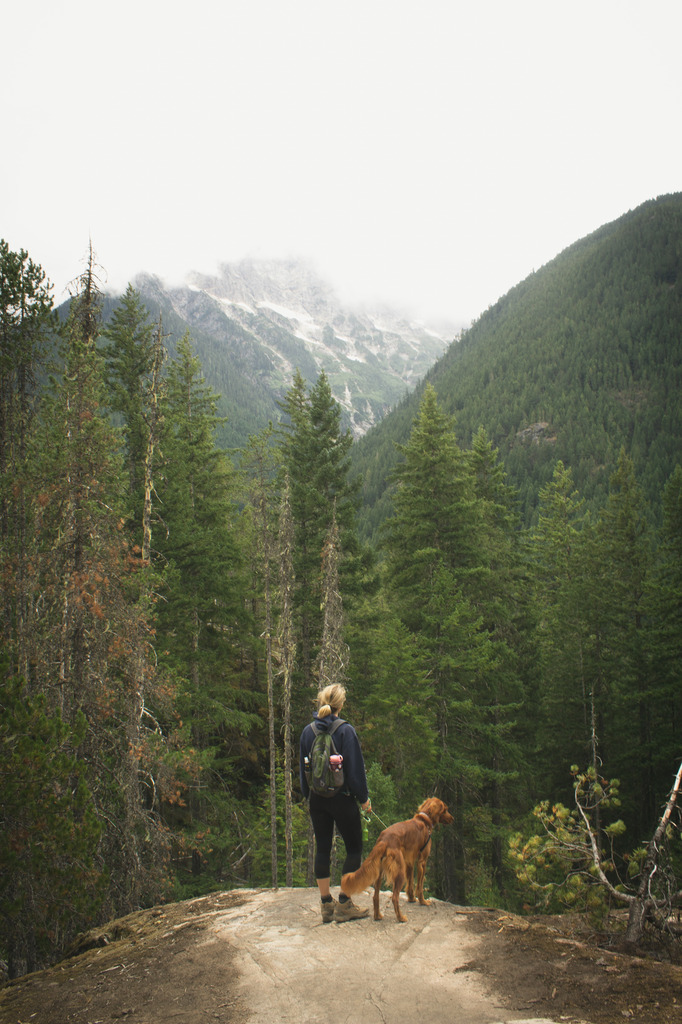What Is Wilderness Journaling?
Not only since the recent pandemic it has become more and more important for many people to connect (back) with nature. Wilderness schools, courses, and seminars that deepen this connection to nature and mindfulness when being in the natural world are as popular as never before.
Part of this wilderness training is so-called core routines. These are tasks and activities you should practice again and again until they become a routine. One of these core routines is journaling.
As the name already suggests, this core routine is heavily linked to the activity of writing. Reason enough for us to have a closer look at it!
What is Journaling in a Wilderness Context?
When you embark on the wilderness journey, you will learn a lot of new things. And in quite a short time at that. It’s impossible to remember everything, every detail about every flower or herb or tree you pick up along the way. Of course, you can collect information from the internet, print it out, but a wilderness journal is a much better way to connect to the nature around you, deepen your knowledge, and remember those facts that are important for you.
Thus, these journals contain collected information that is important to the writer. Additionally, the information is usually accompanied by a visual representation of the subject. Those can be drawings or sketches, photos, or pressed and dried specimens if the journal is about a plant. The latter is getting close to creating a “herbarium”, however.
Of utmost importance is that the journal is created by hand. No typing away at a computer and printing. No, these journals are usually handwritten. This helps to remember the information a lot better and connect to the subject.
What differentiates your wilderness journal from articles, books and sources on the internet is the personal note. Thus, don’t forget to include your own experiences with the plant or animal. Those can be feelings, special encounters, impressions, and other experiences. The following questions can help you with that:
- What kind of connection did you develop with your subject?
- What did you experience together?
- What feelings did seeing, touching, smelling, or even tasting the subject evoke in you?
- What does the subject mean to you?
What Kinds of Wilderness Journals are there?
Since these journals contain information, they are often categorized by the subject of study. Such as:
- Flowers, trees, herbs, other plants
- Birds, insects, mammals
- Indicator species (from both flora & fauna)
However, there can be other kinds of journals as well. Some treat their wilderness journal as a diary to record their experiences and discoveries outside. These can also be structured in a certain way that differentiates them from one another. Consider these ideas:
- Weather variations
- Seasonal changes
- Time of the day records
Best Wilderness Journaling Practices
There are several approaches on how to write a wilderness journal. Of course, you can simply copy the information you find all willy-nilly or structure it in a way you can easily find what you are looking for.
However, there is one specific method I want to introduce you to today: the Mind’s Eye method.
What’s the Mind Eye’s Method?
The main task in this method is to not copy drawings or text. Instead, one is asked to profoundly engage with the topic by reading, looking at images, and watching the real-life subject. Afterward, create a mental picture of the plant or animal.
Once this image is solidified, it’s time to bring it to paper. That way, you write down everything that you kept in mind after your extensive engagement. The drawings might not be perfect, the text not entirely complete, but it will express the important things you kept in your mind’s eye.
Wilderness Journaling Overview
| Do | Don’t | Types |
| • write by hand • add visual representations • write about personal experiences | • print out things from the internet | • plants (trees, flowers, herbs, other) • animals (insects, birds, mammals, etc.) • indicator species • diary entries • weather, seasonal, & time of day changes |



